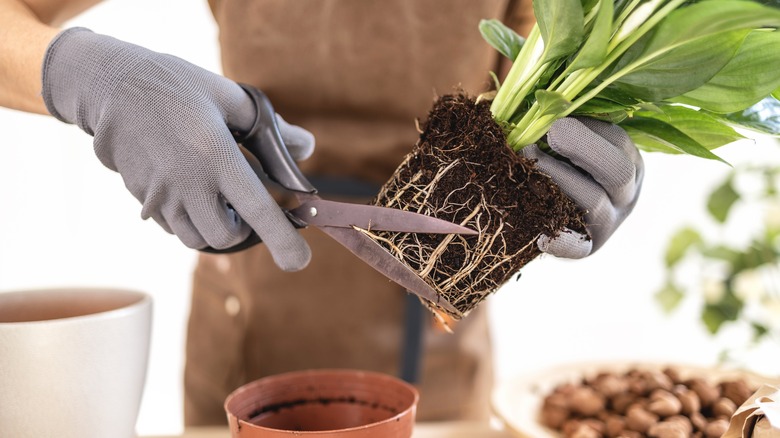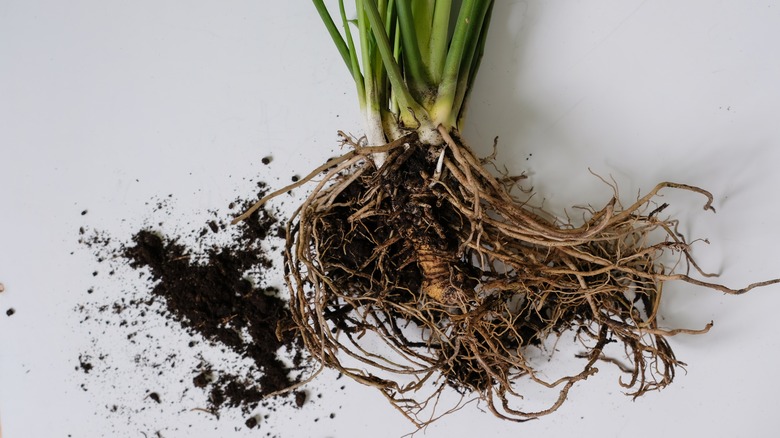Why Are People Trimming Their Peace Lily's Roots & Should You Try It?
If you're a peace lily (Spathiphyllum) owner, you may have seen people trimming the roots of these lovely plants, but why are they doing it? Roots are the lifeline of all plants, responsible for their ability to take in water and nutrients; therefore, it's important to understand when and how to trim the roots effectively. Although peace lilies grow better in soil, there are those who choose to grow them in water instead. This is generally done for aesthetic purposes, but it can also help reduce root rot.
When your peace lily is grown in water, the roots can spread freely without being constrained by soil, which can sometimes result in a tangled mess. To manage this, owners may trim the roots to keep the plant's growth in check and prevent root overcrowding to keep it looking pleasing in its clear vessel. The process is simple — carefully trim off rotten or old roots using clean pruners to make room for new growth. Be gentle so that you don't damage any of the healthy roots.
Alternatively, when a peace lily is planted in soil, trimming is usually only necessary when root rot is detected. Root rot can occur due to overwatering or poor drainage, causing parts of the roots to become mushy, dark, and unhealthy. In this case, selectively trimming away the damaged bits can save the plant. However, if your peace lily is in soil, you only want to remove ⅓ of the root mass maximum, or you can end up with too few roots to support a healthy plant. Only cut away the diseased parts and leave healthy roots intact.
How to trim away root rot and help your peace lily thrive
If you're dealing with root rot, the key to saving your peace lily is quick action. Some of the telltale signs that your peace lily is in trouble and may be experiencing root rot include yellowing leaves, wilting, black spots, or a foul smell. First, gently remove the plant from its pot and look for any dark, slimy, or stinky roots — these are signs of rot. Using sterile scissors or pruning shears, carefully snip away the rotted sections, making sure to cut just above the affected area, leaving only the healthy, white roots behind.
After trimming, rinse the remaining roots with clean water before repotting your peace lily in fresh, well-draining soil that is slightly acidic. Temporarily reduce watering to let the soil dry a bit and give the roots time to heal. This is also an important time to make sure your pot has proper drainage, which will help prevent more root rot in the future. This small bit of maintenance will go a long way in keeping your peace lilies happy.
Trimming peace lily roots is a great way to promote healthy growth, but only when done with care to avoid harming the plant. Whether you're maintaining a water-planted peace lily or addressing root rot in soil, you should still avoid trimming off too many of the roots (Never more than 50%) if you want it to continue to grow thriving peace lilies.

